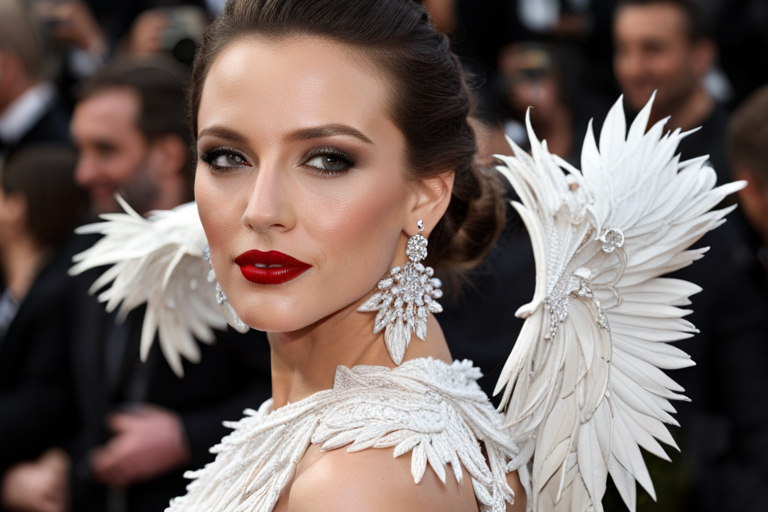This article delves into the aesthetic value of costume design in the film and fashion sectors by tracing its history in the former and its influence on the latter. In addition to its function in setting cultural trends, clothing design is significant for its capacity to express character and plot. Costume designers seek to establish a visual language that enhances the narrative via the use of elements such as color, texture, and silhouette. The way a character dresses may provide us insight into their background, profession, and emotional state, and it also has a significant impact on the overall atmosphere of a performance. To put it simply, costume design is a visual shorthand for character, place, and tone in the context of visual storytelling.
To master the craft of costume design, one must be well-versed in aesthetics and have excellent communicative skills. Research is the starting point for each costume designer, and collaboration with the production crew is essential for refining the ideas, locating the necessary materials, and creating the finished outfits. Collaboration is essential, as is open communication with performers, models, and hair and makeup professionals. Designers have to strike a balance between their creative impulses and the constraints of the market, such as price points and deadlines. Iconic movie costumes have crossed over into the fashion industry and become major sources of inspiration for designers and trendsetting.
Film costumes have long served as a source of inspiration for the fashion industry, with aspects of science fiction, fantasy, and retro appearing in subcultures all over the world. From vintage pieces that make us long for a simpler time to the cutting edge of what the future may look like, costume designers have the power to change cultural norms and shift public opinion. Historically accurate clothes are essential to the success of a historical play, but designers also have the freedom to utilize them to subvert expectations and break down barriers. Making wearable pieces of art for use in media and culture is known as costume design. It’s an essential part of making movies, since it helps flesh out characters, communicates feelings, and builds the film’s visual language.
Research, then drawing, and finally, prototyping is the normal next steps in the design process. Throughout the decades, fashion designers have looked to iconic film costumes for inspiration. Whether it’s via invoking feelings of longing for a bygone age or by presenting a radical alternative to current trends, costume design has enormous cultural and societal sway. The fashion business relies heavily on costume design, which both inspires and is influenced by the work of designers. It can inspire a yearning for a bygone age while also posing a threat to established social mores and cultural standards.
Costume design is a significant part of any product but is hardly ever given the credit it deserves. Think about the artistry and creativity that goes into every costume and how it affects our culture the next time you watch a movie or go to a fashion show.

